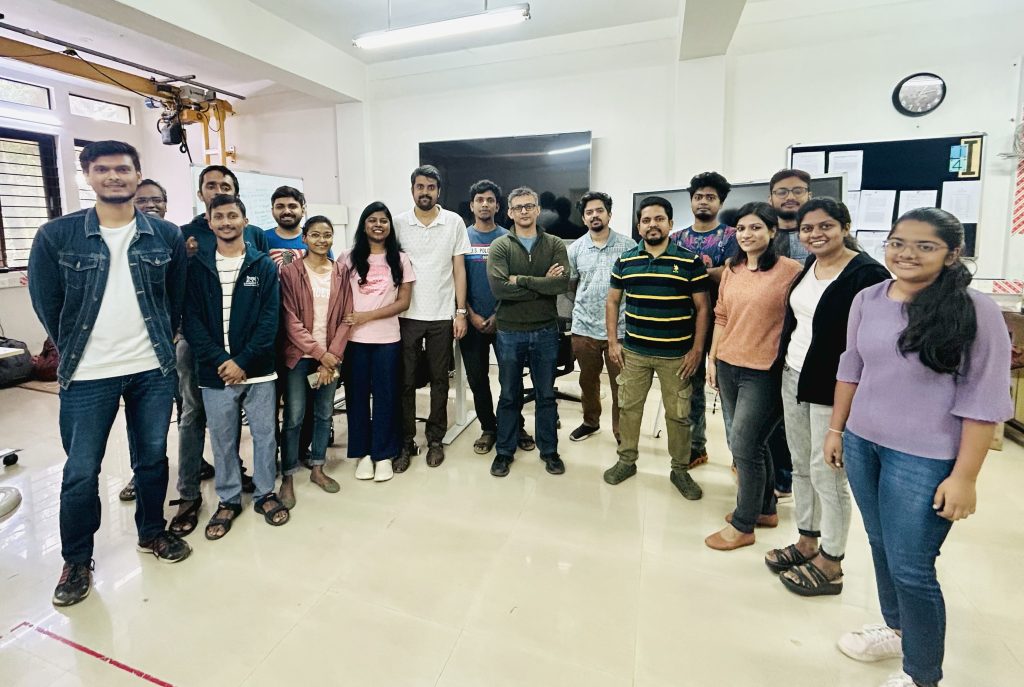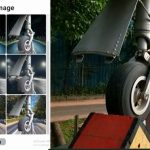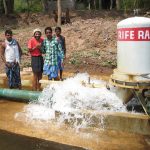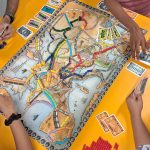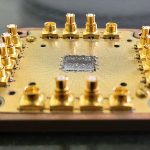Vishal Singh’s lab pursues novel innovations in construction and design
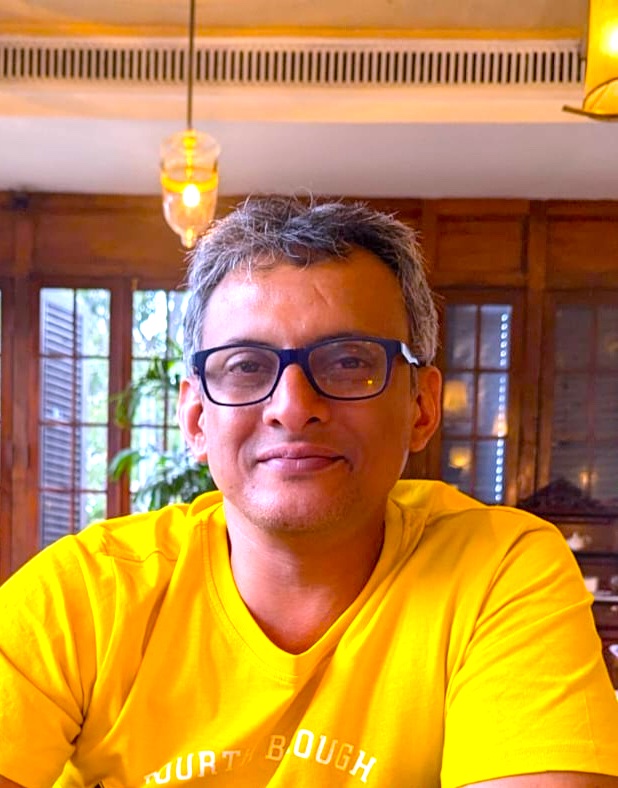
Imagine a world in which you can cruise through a group project without a communication breakdown, buy an apartment without worrying about the nearest hospital being an hour away, or even use generative artificial intelligence without having to constantly be on the lookout for errors. Tucked away on the first floor of the Department of Design and Manufacturing (DM), Vishal Singh’s lab explores these possibilities through the curious lens of Design Science.
“My research is at the interface of design thinking, systems thinking, and computational thinking,” he explains. “The goal is simple – to develop a structured approach to identify a problem and explore and create a working path to move from the undesired state to the desired state.”
Vishal’s interpretation is not far off from the definition coined by Herbert A Simon, Nobel Laureate and pioneer of Design Science as a discipline. In 1969, Herbert defined design as “the process of changing existing situations into preferred ones.” Today, Vishal and his team take on this approach, and with the help of modern computational techniques, seek to implement their solutions on a larger and systemic scale.
Ironically, Vishal’s career was not by design. “After the 10th standard, I decided I didn’t want to study any further,” he reminisces. “I wanted to become an entrepreneur.” Parental advice ensued, and he decided to pursue architecture for his undergraduate degree with the sole aim of eventually starting his own business. As graduation inched closer, however, this idealistic view of a utopian architectural practice seemed more distant than ever.
In a curious twist, almost on a whim, he applied to IISc with a friend and was accepted into the Master’s in Design programmed. “Once you come here, IISc takes over. And it gets you curious about research,” he explains. Vishal also credits his decision to pursue a PhD to the supportive faculty and students at DM.
During his PhD, Vishal initially explored the use of artificial intelligence and cognition in design, before working on a construction-focused side project. This project would lead to a faculty position in the civil engineering programme at Aalto University, Finland. When he eventually moved back to design science research as a faculty member at IISc, he had amassed expertise in multiple domains – modelling information systems, product life cycle management, and systems level engineering.
This diversity is reflected in his work. For example, Vishal worked on a project-turned-startup that aimed to streamline information about construction and facilities management to all involved parties. This meant that the architects, builders, contractors, electricians, plumbers, and maintenance workers would all receive correct, up-to-date information on all necessary aspects of the building under construction and operations. Electricians, for instance, would be aware of locations of all water pipes in the walls before they install the building’s wiring. Carpenters would be able to correctly predict the size of window frames based on specifications provided by masons. Currently, a PhD student in his lab is working on refining such an information management system from a situational awareness perspective.
Another student in his lab is studying rural healthcare infrastructure from a policy and design perspective. Their focus lies on improving resource efficiency and healthcare quality by suggesting minor but mutually complementary tweaks in the design and functioning of Mobile Healthcare Units and Public Health Centres. Yet another student is studying the emotional effects of introducing a robot into a fully human team, and how it influences trust among the team members.
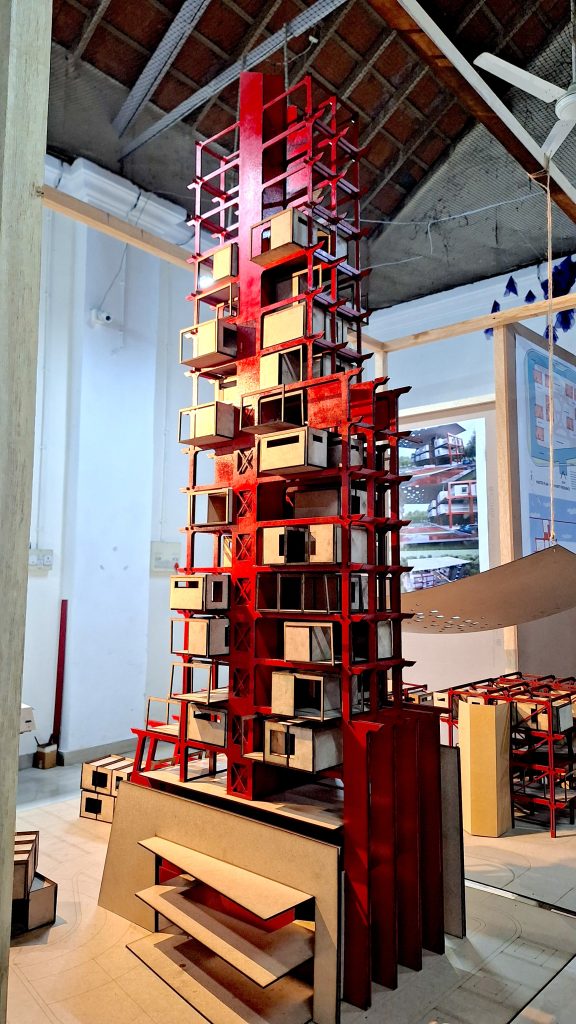
A major focus of the lab currently is understanding stagnancy in the construction industry. Construction technologies have largely stayed the same over decades even as more and more interesting possibilities, like 3D printing, have emerged. Vishal speculates that the average apartment buyer is more concerned with factors like location, nearby amenities, and weather, than the construction quality. Thus, buyers treat the technology and craftsmanship required in the construction of the apartment as secondary. This undermines product quality, which is why there has been inadequate incentive for markets to adopt new construction technologies.
The team’s goal is to try and ensure that a consumer’s focus is only on the apartment that they buy and not the other factors associated with it. To achieve this goal, they have an ambitious proposal in mind: designing an apartment complex system that works like a vehicle parking building. People can buy ‘slots’ in fixed locations, then go ahead and shop for an apartment completely separately. These apartments would then be transported, lifted, and inserted into the slot space, and can theoretically move with the consumer should they ever relocate. This could potentially force the industry to evolve in unprecedented ways.
“We are definitely problem and domain-agnostic,” says Vishal. “I could be designing products, software, or policy. The argument is that the underlying methodology and overarching design principles remain the same.”
Even more interesting than the domains are the methods of research in Vishal’s lab. The rural healthcare project, for example, will run a pilot study in an actual rural setting, dissecting physical and design-related barriers in rural healthcare. It will focus on the following question: Is public health infrastructure adequately serving the public? To address the construction stagnancy hypothesis, the team will have to gauge technical feasibility, social desirability, and investment potential. For the latter part, they are simulating these conditions in the form of a board game and collecting data to assess whether the financial outcomes of investing in such a property are desirable to the players.
Meanwhile, the robot-human team dynamic focuses on empirical data, by conducting psychological experiments on volunteers and inferring the results. However, behavioural experiments are constrained by small sample sizes. So, Vishal and his team plan to amplify and model the experimental results as computer simulations, which will help generate additional data for them to analyse. This is true for lots of other projects, too. In fact, the use of computer simulations unfurls another thread of enquiry – what assumptions the researchers will make as they build models and run simulations.
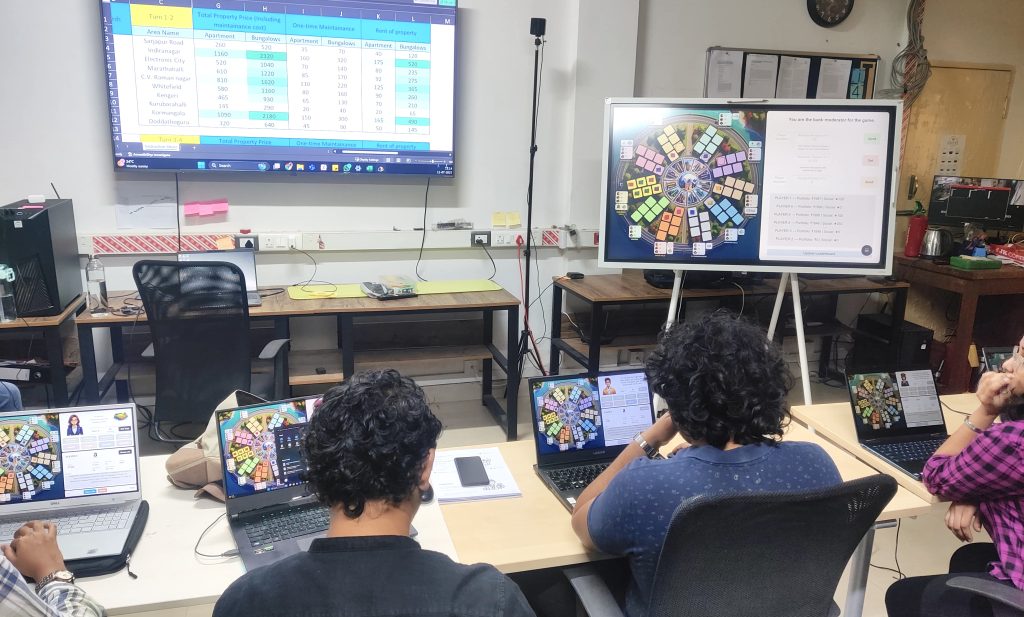
“Designers have to challenge the existing assumptions of existing things,” Vishal notes. “But since the real world is so complex, unless you make a few assumptions of your own, you cannot start modelling anything.”
Luckily, a student in the lab is already working on understanding how we make assumptions. The average person makes about 35,000 decisions per day, mostly influenced by pre-existing assumptions. What shapes these assumptions? How can we influence them, and what factors should the researchers take into account when modelling situations or experiences? These questions provide an interesting glimpse into how networks and systems can be designed in the real world.
“With many real-world problems, humans do not always seek to optimise them. There are simply too many variables,” Vishal explains. “So, what we are looking for is solutions that are good enough.”
With such a vast variety of projects, Vishal and his team certainly have their hands full. “From the outside, someone might think that these guys just do anything and everything,” Vishal says, with a laugh. “But I can assure you that there is a very strong, theoretically sound connection across all our work.”
